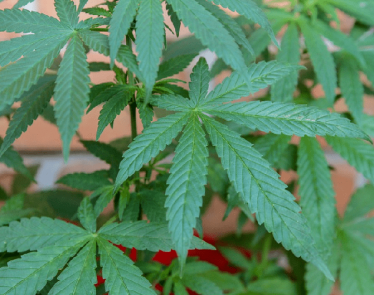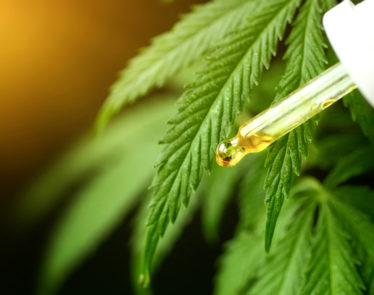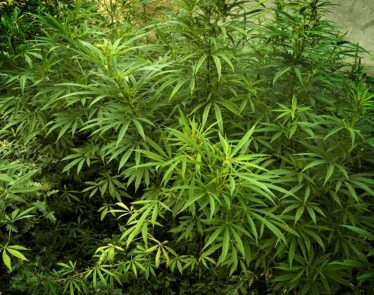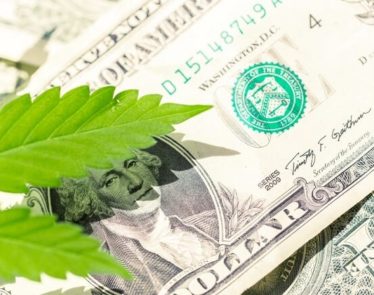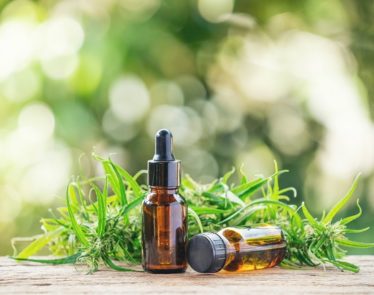
The latest studies to surface regarding medical marijuana have mostly been centered around the legalization of medicinal marijuana and lower opioid use rates.
A journal was written called "Addiction" by researchers from the University of California San Diego and Weill Cornell Medical College. The study found that there was a 30% reduction in Schedule III opioids received from Medicaid individuals between the years of 1993-2014 when medical marijuana was legalized.
Opioid pain medications aren't cheap, and the examiners studied the cost of these drugs that would have been purchased instead of the medicinal cannabis. The researchers found that the government could save $7.46 million annually in Medicaid spending, due to the transition to medicinal cannabis. Add to that an additional $6.54 million in savings from the states.
That would never happen though, as we all know Pharma owns most of the medical industry in the United States. "[I]f all the states had legalized medical cannabis by 2014, Medicaid annual spending on opioid prescriptions would be reduced by 17.8 million dollars," the study projected.
The study shows that cannabis provides mild-to-moderate pain relief which is on par with codeine. This makes cannabis a better alternative than the Schedule III opioids on the market.
>> 185 Doctors Marijuana Certified in Ohio
Many physicians in the U.S. and Canada are still catching up with the times to treat chronic pain with medicinal cannabis. With legalization springing up left and right, more studies should surface soon regarding marijuana as an alternative for all levels of pain.
There have been no clear studies to indicate that marijuana is an effective treatment option for those with severe pain. However, there is substantial evidence that proves it is effective with mild-to-moderate pain. Marijuana also doesn't have the harsh side effects that opioids carry.
With more and more of these studies emerging, it should prompt physicians to take a closer look at their practice and what they are prescribing for pain.
Featured Image: The Hello Doctor





